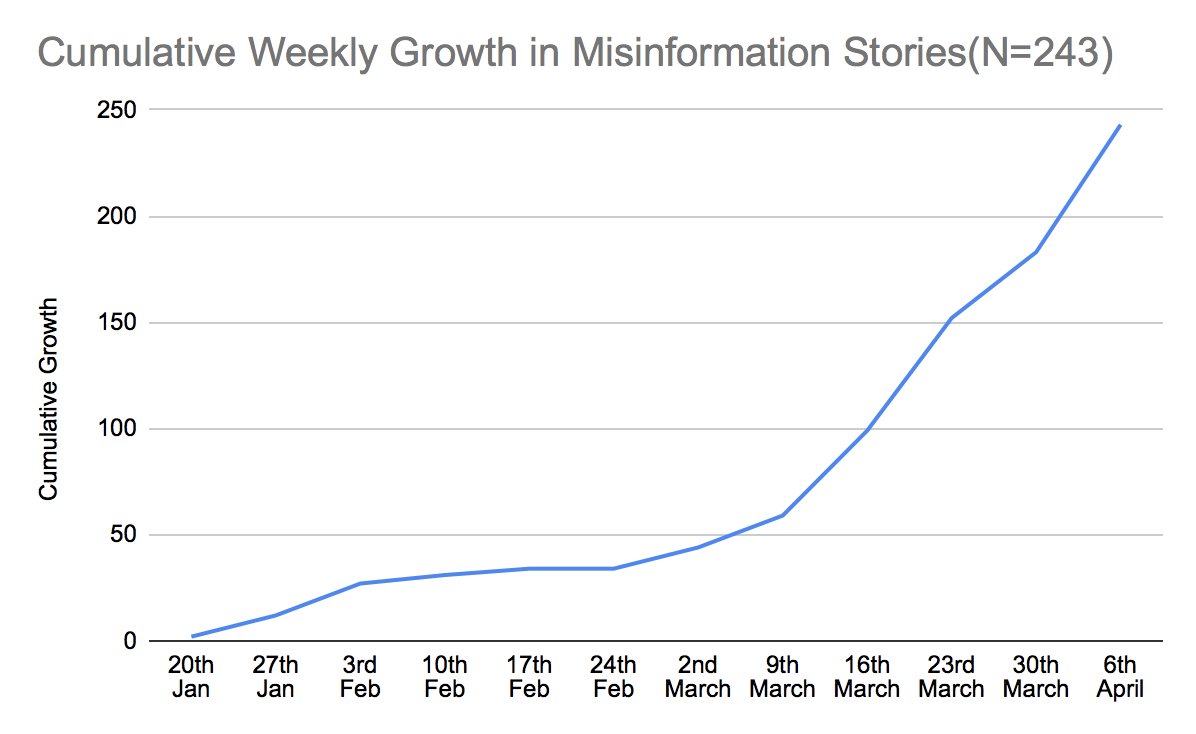
We studied online misinformation in India during the second wave of the COVID crisis. We find a dramatic rise of 'utilitarian' misinformation, purporting to 'deal with' the issue, compared with blame-oriented misinformation, purporting to find 'those at fault' in 2020.
(1/6)
(1/6)

A rise in misinformation about traditional cures, anti-vaccine propaganda, plasma, and oxygen. Such stories corner concerns about technology-enabled surveillance, vaccine-related uncertainty, institutional failure. Interestingly, influencers play big role in spread
(2/6)
(2/6)

We see themes of anti-vaccine misinformation from elsewhere in the world repeated here. While @BillGates is frequently target of such misinformation on a/c of his foundation's work, now misinfo about microchips from Microsoft injected into vaccines are now doing rounds.
(3/6)
(3/6)
Plasma-related misinformation is a major problem. Since several major influencers have amplified the topic, misinformation is both hidden in 'whatsapp forwards' but also woven into calls for help on Twitter.
(4/6)
(4/6)
Hospital, Oxygen, Plasma-related misinformation has been popular, in part because it crafted in a way to offer average citizens a means to feel they were 'playing their part', either through donating (plasma or cash) or by proxy, by forwarding messages
(5/6)
(5/6)
• • •
Missing some Tweet in this thread? You can try to
force a refresh













